EMA Price
A smoothed price value that prevents sudden market volatility from disrupting TAO emissions. EMA price creates stability by gradually adjusting to price changes rather than reacting instantly.
EMA price is a calculated average of a subnet's historical ALPHA prices over time. Each subnet has its own EMA price that smooths out market volatility. When a subnet's ALPHA price changes, its EMA price adjusts with a delay.

Each subnet has a responsiveness parameter called "alpha" that determines how quickly its EMA price reacts to market volatility. New subnets start completely unresponsive to price changes. Becoming gradually more responsive over time.
New subnets start with an "alpha" parameter of 0.0, meaning their EMA price does not change when the ALPHA price moves. As subnets mature over time, their responsiveness gradually increases toward the maximum level, making their EMA prices more reactive to market volatility.
The responsiveness (alpha) increases gradually based on a subnet's age. The maximum "alpha" parameter any subnet can reach is "0.0003". It takes approximately 28 days for a subnet to reach half of that maximum value, with the subnet's age directly determining the halving time.
Every 12 seconds, each EMA price gets updated by blending the current ALPHA price with the previous EMA price. Higher responsiveness gives more weight to the current ALPHA price, while lower responsiveness relies more on where the price has spent most of its time recently, filtering out noise.
Over time, a subnet's EMA price moves closer to its actual ALPHA price. New subnets reach approximately 90% of their target ALPHA price within the first 8-10 days.
TAO emissions are distributed based on each subnet's EMA price rather than current ALPHA prices. This prevents subnets from manipulating their ALPHA prices to claim unfair shares of TAO emissions.
Each subnet receives a share of total TAO emitted per block based on its EMA price compared to all others. Subnets with higher EMA prices receive larger shares, while the smoothing effect prevents temporary price fluctuations from immediately changing emission allocations.
